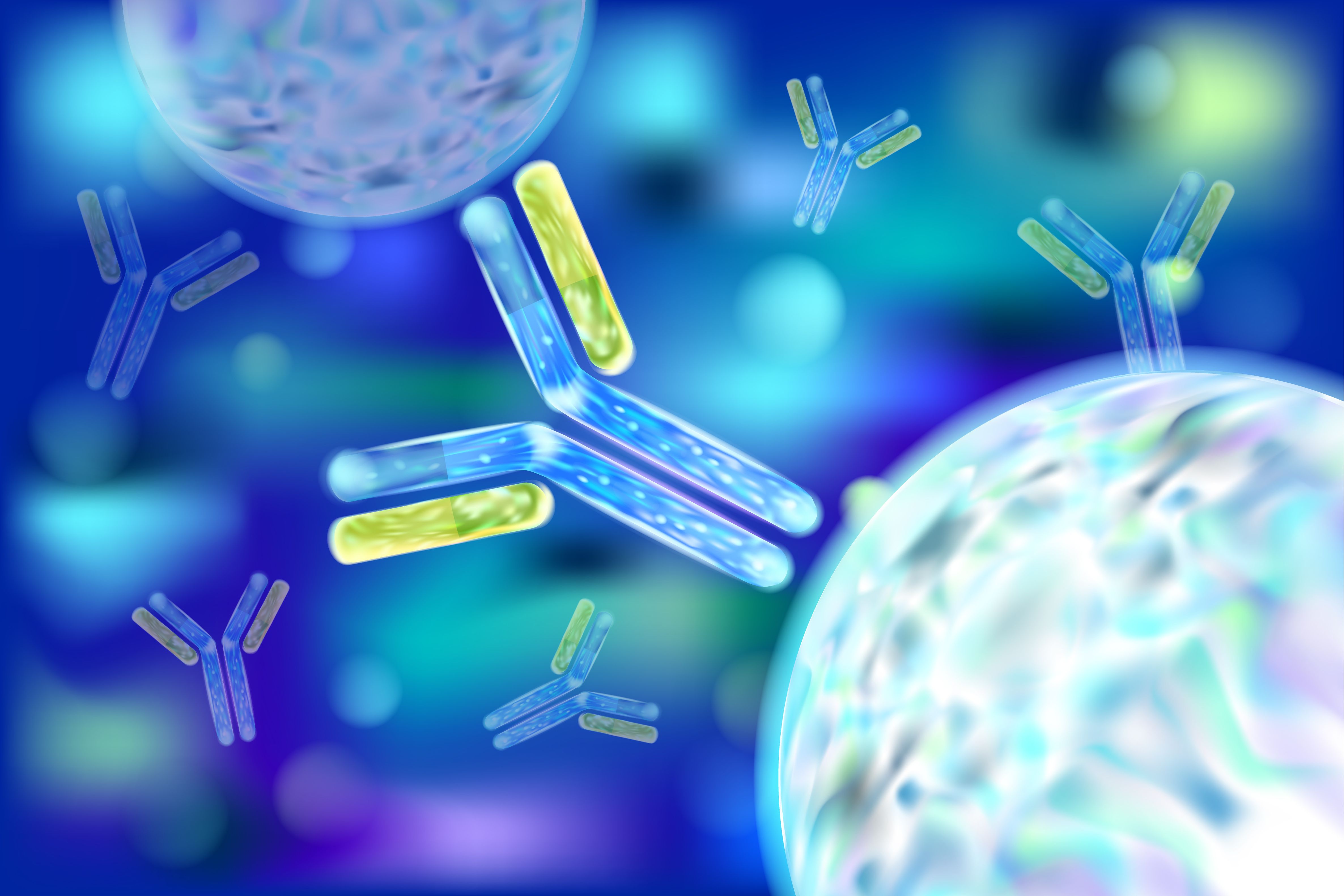Article
Research Pinpoints Pathway Used by Nicotine to Induce Lung Cancer
Author(s):
Activation of protein causes cells to change shape and become motile.
Activation of protein causes cells to change shape and become motile.
A newly discovered protein pathway has moved scientists closer to understanding how lung cancer cells metastasize.
While smoking is the primary cause of lung cancer, the majority of the 159,000 deaths from the disease in the United States last year were because the cancer had spread to other organ sites, according to the Moffitt Cancer Center. Nicotine from cigarettes has previously been found to stimulate cell growth and block cell death, with recent evidence showing nicotine can cause cancer cells to change shape, increase motility, and become metastatic.
In a study that appeared in the January 19, 2015 online edition of Cancer Research, Moffitt scientists evaluated how nicotine induces the metastatic spread of lung cancer cells by stimulating the beta-arrestin-1 protein. This process then triggers lung cancer cells to begin producing proteins that are linked to increased motility and invasion.
These proteins cause the cells to change shape and become more motile, which allows them to travel to different sites. Subsequently, the researchers sought to evaluate the mechanisms of how beta-arrestin-1 causes cell invasion.
The study revealed that beta-arrestin-1 associates with a protein called E2F1 in the nucleus, which promotes metastasis. E2F1 also contributes to cancer development by promoting proliferation of cancer cells. The study produced the first evidence that E2F1 contributes to lung cancer metastasis.
The researchers confirmed these findings in both mice and human lung cancer samples, which had high levels of both beta-arrestin-1 and the proteins associated with cell adhesion and motility.
Blocking beta-arrestin-1 in lung cancer cells was found to prevent growth and metastasis in mice, which suggests that inhibiting beta-arrestin-1 may be an effective therapeutic strategy for metastatic disease.
“We expect that this study will lead to new therapeutic strategies to combat cancer metastasis,” Moffitt Department of Tumor Biology chair Srikumar Chellappan, PhD, said in a press release. “For example, inhibiting the binding of beta-arrestin-1 to E2F1 would be a potential avenue to prevent metastasis. Identification and development of novel drugs that can target beta-arrestin-1 can be an important step in this direction.”






